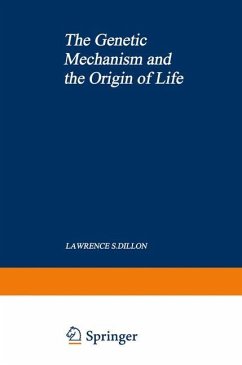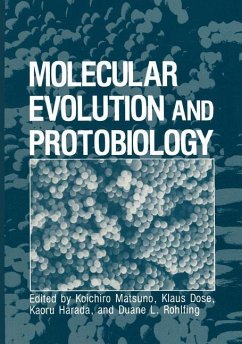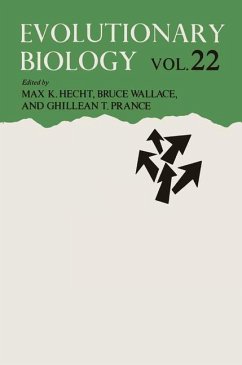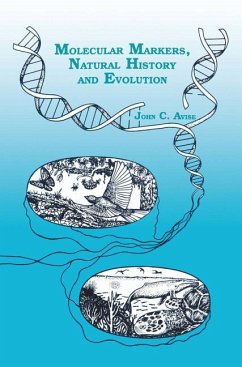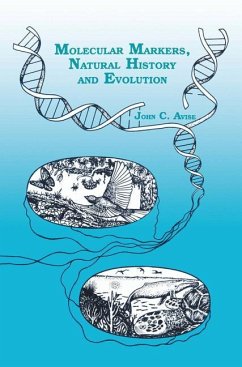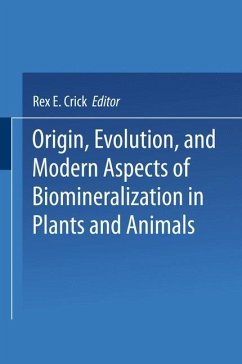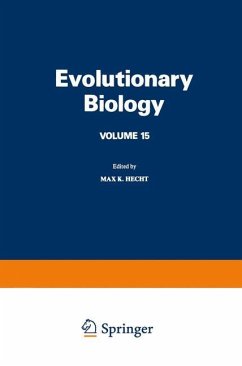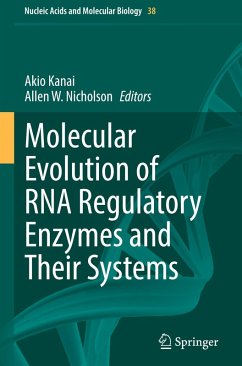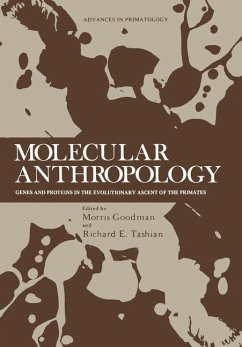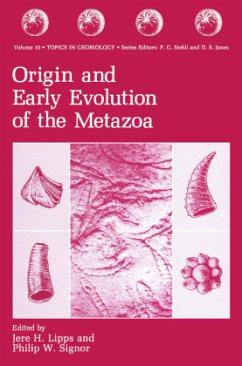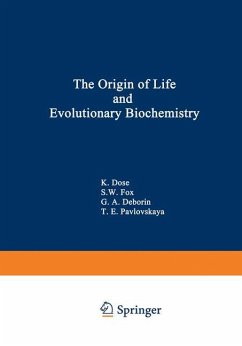
The Origin of Life and Evolutionary Biochemistry

PAYBACK Punkte
39 °P sammeln!
The primary metabolism of protobionts was probably based on the electron transfer reactions regulated by catalysts or photo sensitizing pigments. The action of photoreceptive pigments was inevitable in the case of electron transfer leading to light energy storage in the reaction products. The primitive tetrapyrrolic pig ments formed abiogenically (porphin, chlorin) as well as their more complicated biogenic analogs (chlorophylls) are capable of photo sensitizing electron transfer in systems, having various degrees of molecular complexity. The inorganic photosensitizers (titanium dioxide. zinc ...
The primary metabolism of protobionts was probably based on the electron transfer reactions regulated by catalysts or photo sensitizing pigments. The action of photoreceptive pigments was inevitable in the case of electron transfer leading to light energy storage in the reaction products. The primitive tetrapyrrolic pig ments formed abiogenically (porphin, chlorin) as well as their more complicated biogenic analogs (chlorophylls) are capable of photo sensitizing electron transfer in systems, having various degrees of molecular complexity. The inorganic photosensitizers (titanium dioxide. zinc oxide. etc.). being excited in the near ultraviolet. are able to perform the same reactions as porphyrins--electron transfer from donor to acceptor molecule (including photoreduction of viologens) or water molecule photooxidation (oxygen liberation). coupled with reduction of ferric compounds and quinones. The in organic photosensitizers are not used in biological evolution; actually the inorganic ions entered into tetrapyrrolic cycle. form ing effective photocatalysts. Inclusion of pigments into primary membranes led to elaborated coupling between pigments and enzymatic systems. The involvement of the excited pigments into the biocata lytic electron transfer chain was prerequisite to effective func tion of photosynthetic organisms. REFERENCES 1. Oparin. A. I., "Origin of Life on Earth," Izd. AN SSSR. Moscow. 1957. 2. Gaffron, H., in: "Horizons in Biochemistry" (Kasha. M and Pullmann, B eds.), p. 59. Academic Press, New York. 1962. 3. Calvin. M "Chemical Evolution," C1arendon Press, Oxford. 1969. 4. Pasynsky. A. G . and Pav1ovskaya. T. E . Uspekhii khimii 33, 1198 (1964).





